
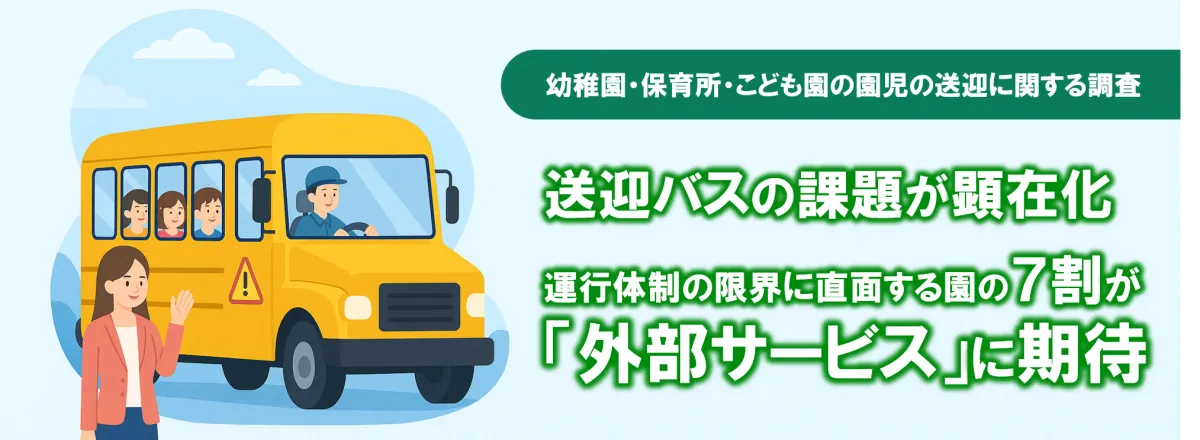
The Challenges of School Bus Services Facing Early Childhood Education Amid the 2024 Crisis
The Challenges of School Bus Services Facing Early Childhood Education Amid the 2024 Crisis
Introduction
The landscape of early childhood education in Japan is undergoing significant changes, particularly due to imminent challenges posed by the 2024 driver shortage crisis. A recent survey conducted by 株式会社nori・nori, based in Yokohama, explored the operational realities surrounding school bus services for kindergartens, nurseries, and child care centers, revealing pressing issues that many institutions face today.
The Importance of School Bus Services
School buses are essential for transporting young children to and from educational facilities, as well as during out-of-school activities. However, a rising trend of driver shortages and soaring maintenance costs has prompted many institutions to rethink their transportation strategies. As the impending 2024 crisis looms, the critical need for transportation infrastructure in early childhood education has become increasingly evident.
Survey Overview
The survey was conducted from March 24 to March 25, 2025, targeting directors and staff from kindergartens, nurseries, and child care centers. Utilizing PRIZMA’s internet research platform, the survey collected responses from 1,022 participants, providing crucial insights into their current transportation operations and challenges.
Key Findings
1. Frequency of Out-of-School Activities: The survey uncovered a clear correlation between the presence of school buses and the frequency of external activities for children. Institutions operating school buses reported a significantly higher rate of outings, particularly for nature experiences, facility visits, and social interaction programs. Conversely, facilities without bus services conducted these activities only 1 to 2 times a year, underscoring a disparity in educational opportunities tied to transportation resources.
2. Operational Structures for School Buses: The data indicated that about 32% of centers rely on staff members for dual roles as drivers, a situation raising concerns regarding the safety and workload for educators. In contrast, others have chosen to employ dedicated drivers directly, while an additional 18.3% utilize external drivers for enhanced safety and expertise.
Barriers to Effective Bus Operation
The primary hurdles for school bus operations include the financial and logistical burdens related to purchasing and maintaining vehicles, alongside the challenges of securing qualified drivers. Many facilities report that the costs associated with these operations are significant impediments to maintaining regular bus services. Additionally, school staff taking on driving duties often struggle to balance these responsibilities with their primary educational roles.
Exploring Solutions
To address these issues, many institutions are exploring rationalizing and outsourcing their bus services. External service providers can lighten the operational burden and offer potential solutions to staffing shortages. Recent interest has also surged for the “charter bus time-sharing service,” which allows multiple users to share a bus for short periods, providing both cost-efficiency and flexibility. This service has captured the interest of over 70% of respondents, indicating a genuine need for alternative transport solutions.
Shifts in Perception and Demand
With growing interest in innovative transport solutions, facilities hope to enhance their service offerings while managing costs. Outlined demands from the survey included requirements for safety management, ease of scheduling, and flexibility in usage times and routes. Interestingly, these preferences reflect a significant shift from merely seeking low-cost options to emphasizing safety and accessibility in transportation.
Conclusion
The nori-nori survey highlights that the management of school bus operations is critical for ensuring equitable access to educational experiences in early childhood education. The looming 2024 crisis not only forecasts workforce shortages but also necessitates a reevaluation of current transportation strategies in educational institutions. As we move forward, fostering collaboration among stakeholders—including educational facilities, local governments, and transportation services—will be essential in addressing these pressing transportation challenges, ensuring that children receive the varied and enriched learning experiences they deserve.
Overall, the ongoing analysis of effective transport systems and alternatives may pave the way for a more sustainable future in early childhood education, fostering an environment where educational opportunities can flourish, rather than diminish due to logistical constraints.
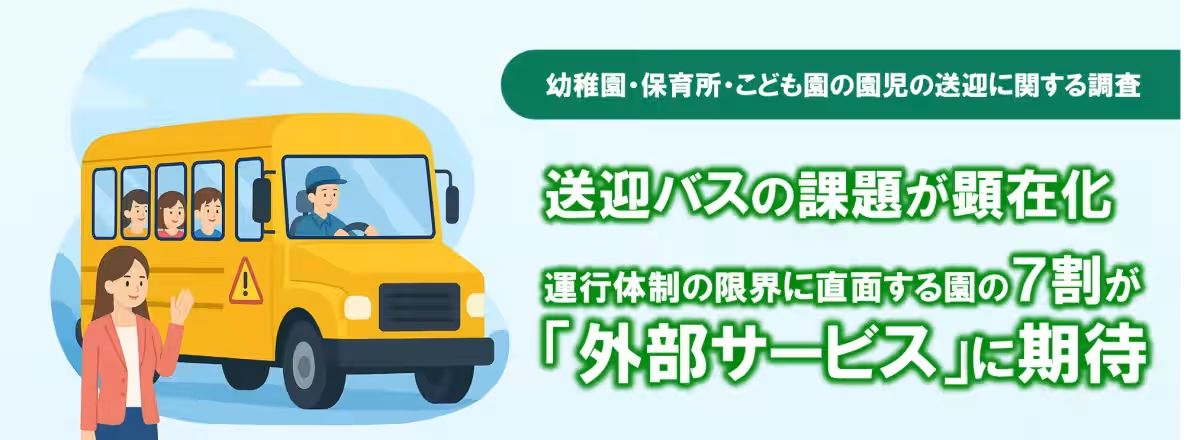
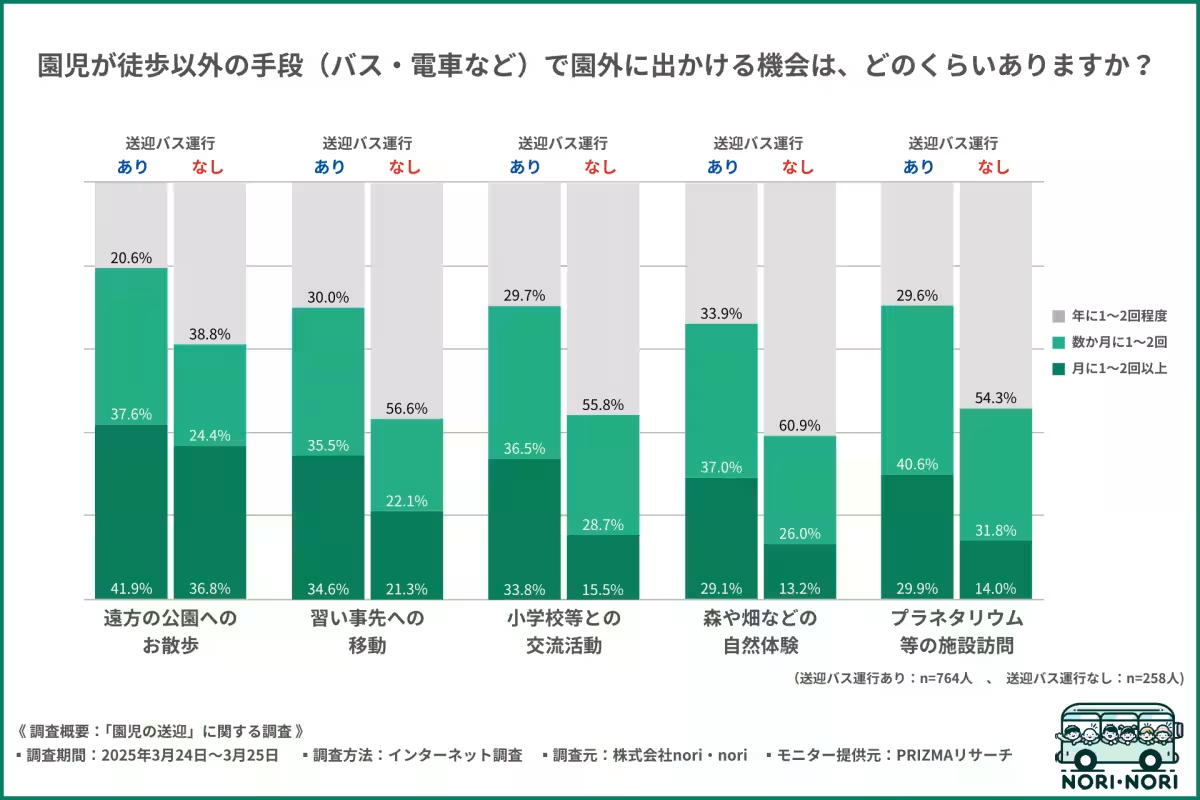
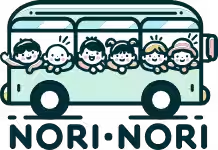
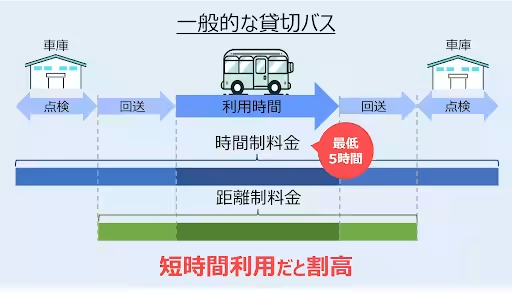
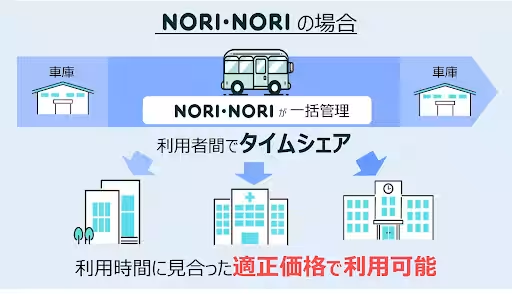
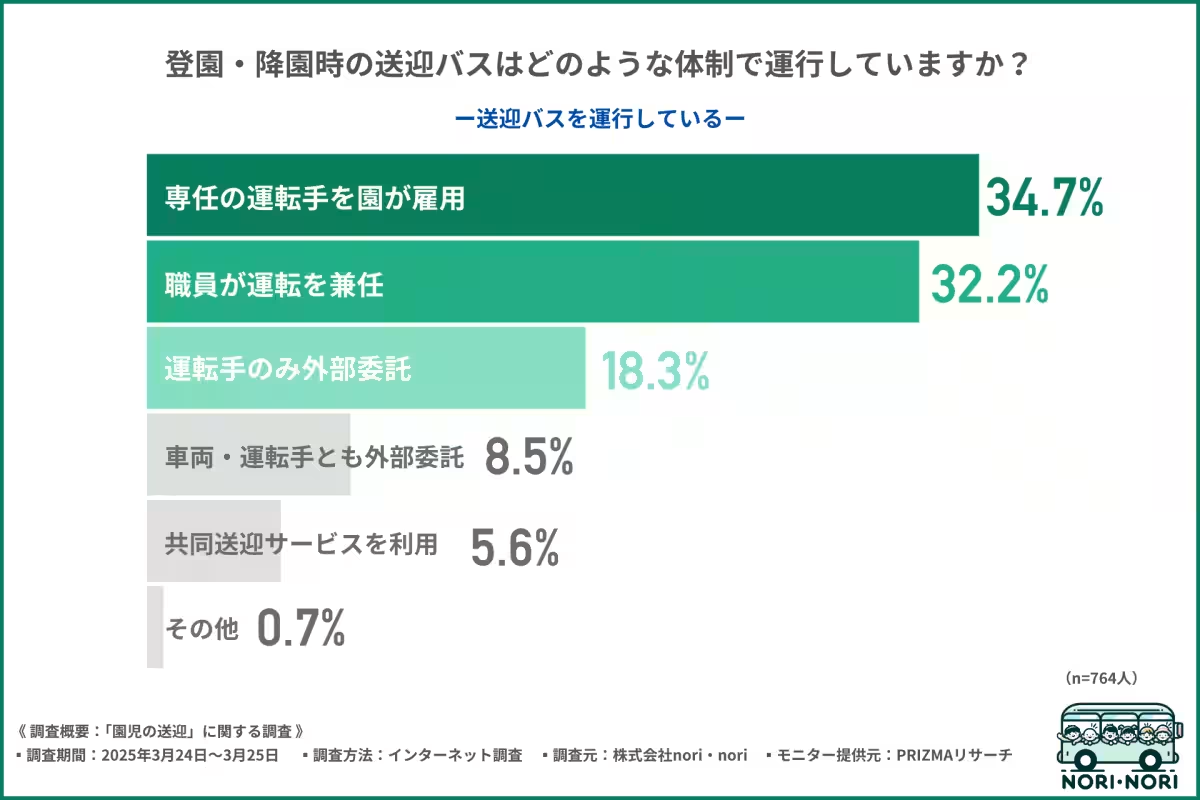
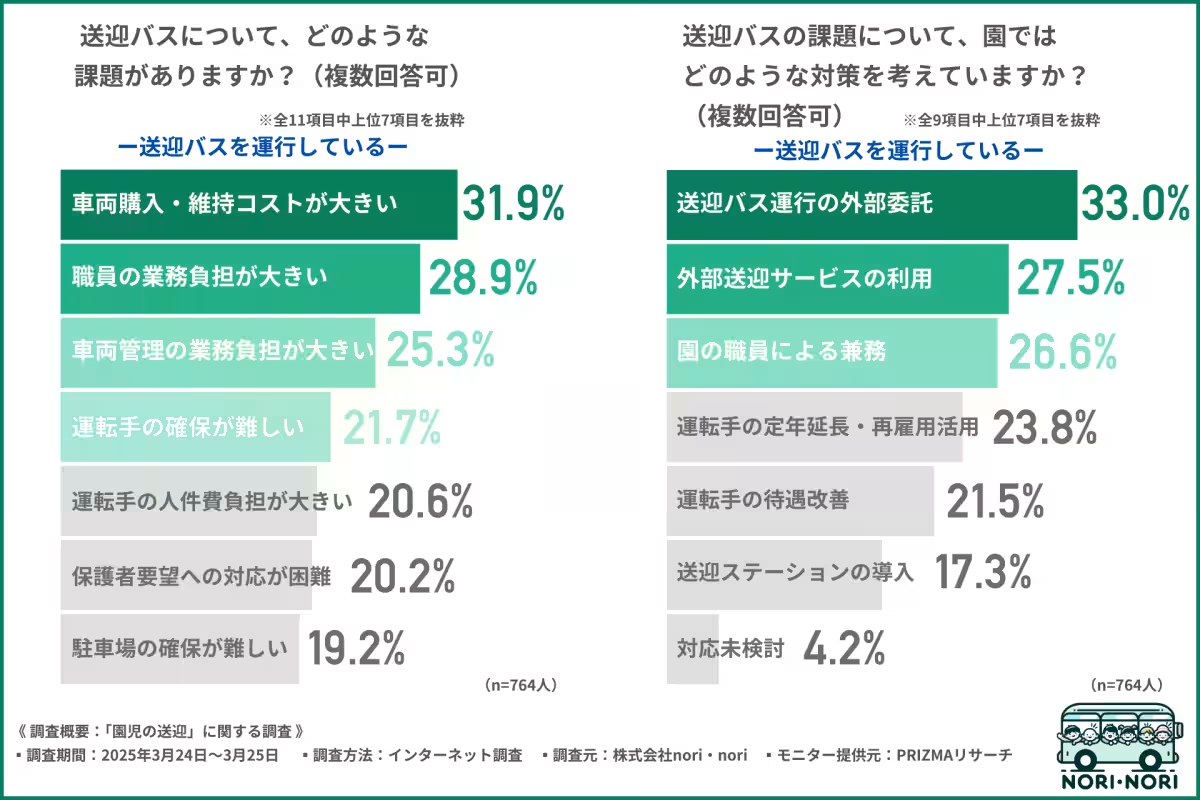
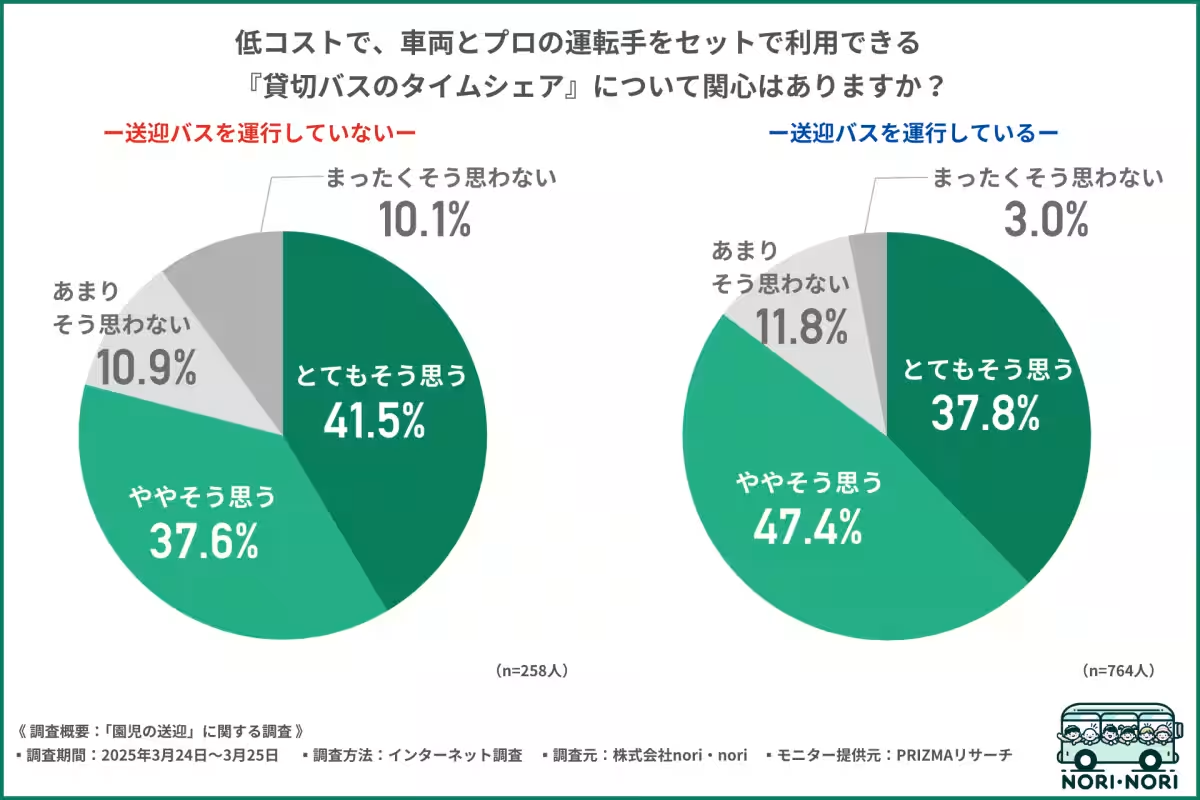
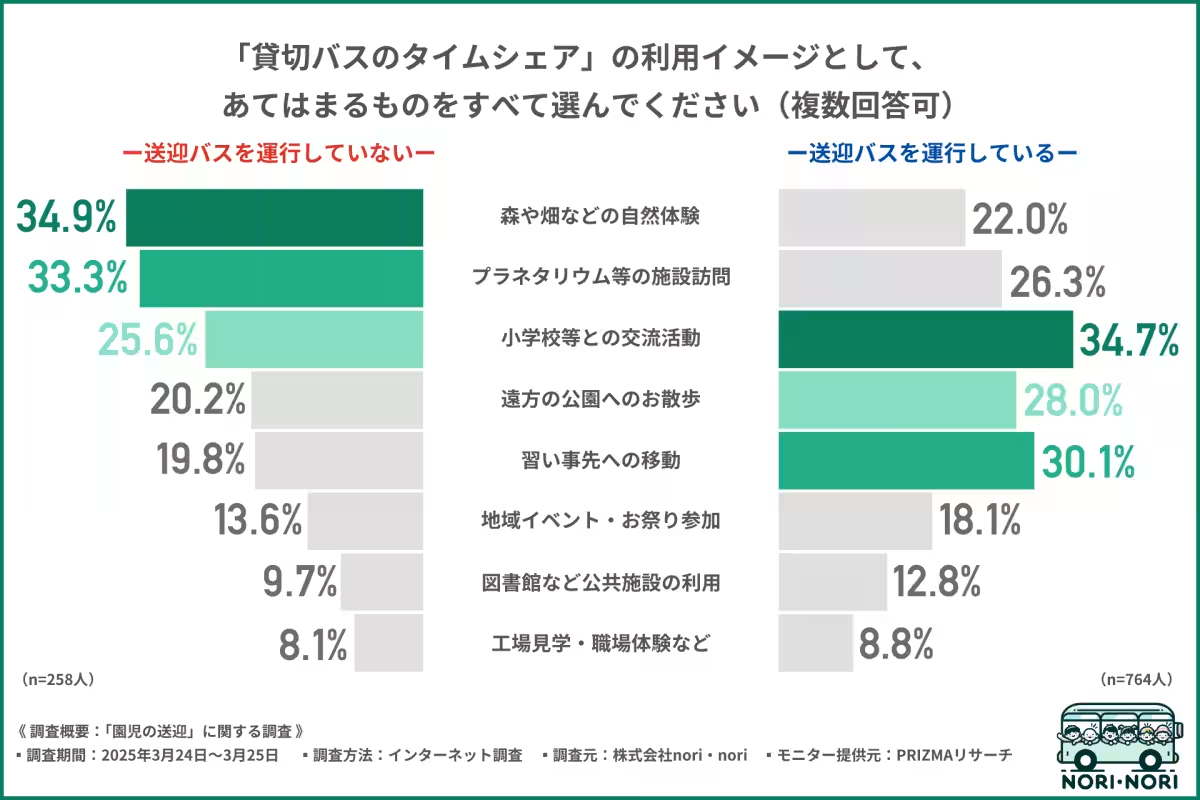
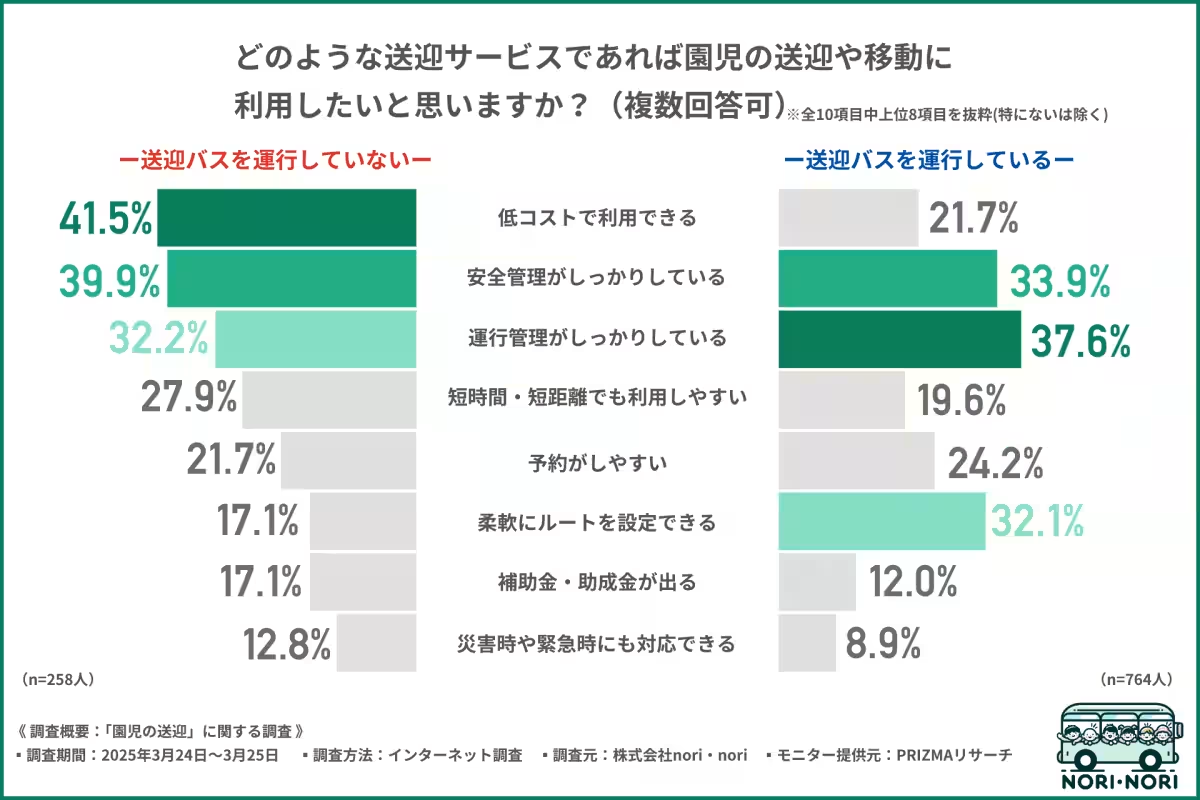
Topics Other)






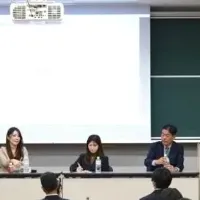



【About Using Articles】
You can freely use the title and article content by linking to the page where the article is posted.
※ Images cannot be used.
【About Links】
Links are free to use.